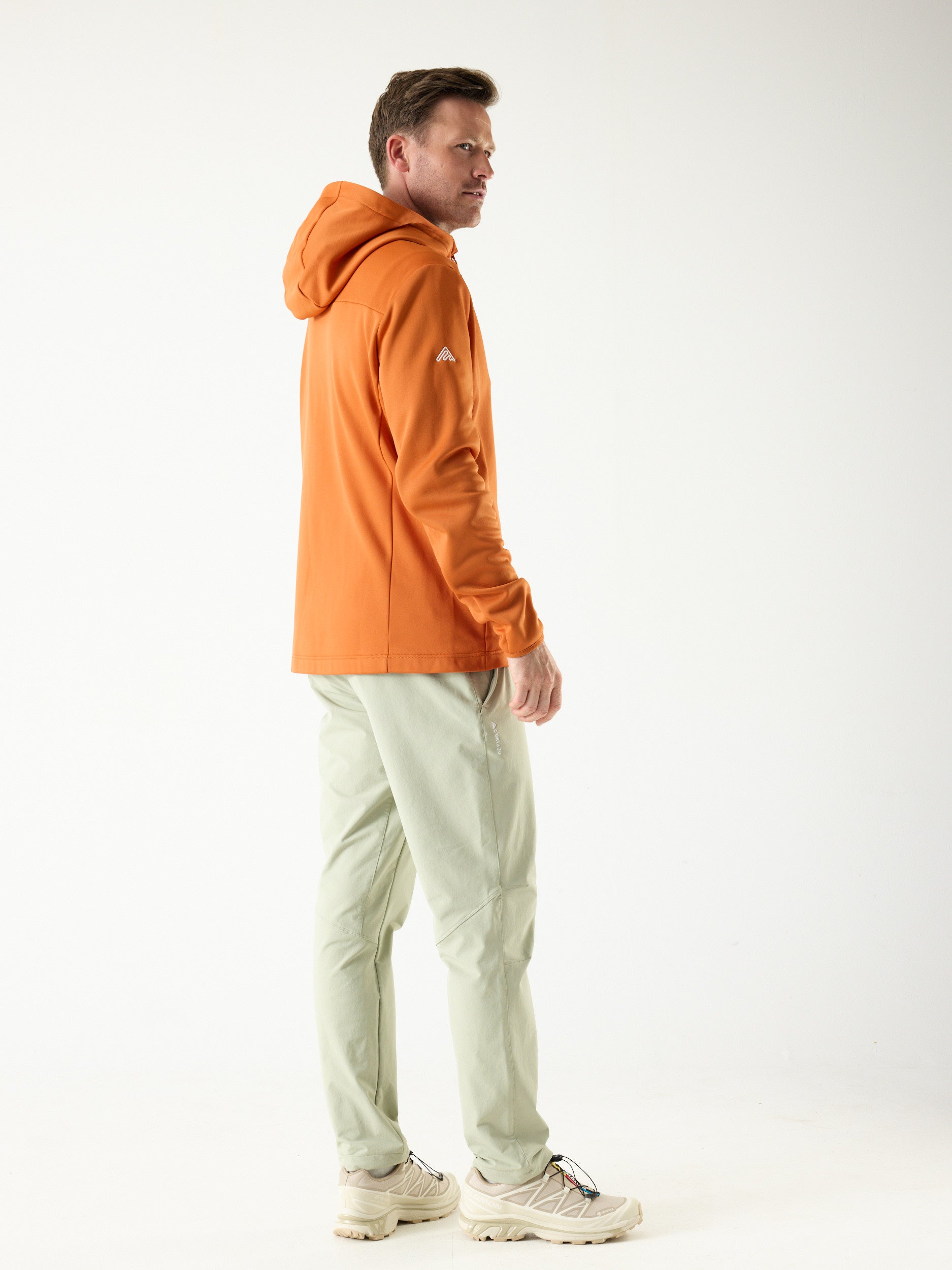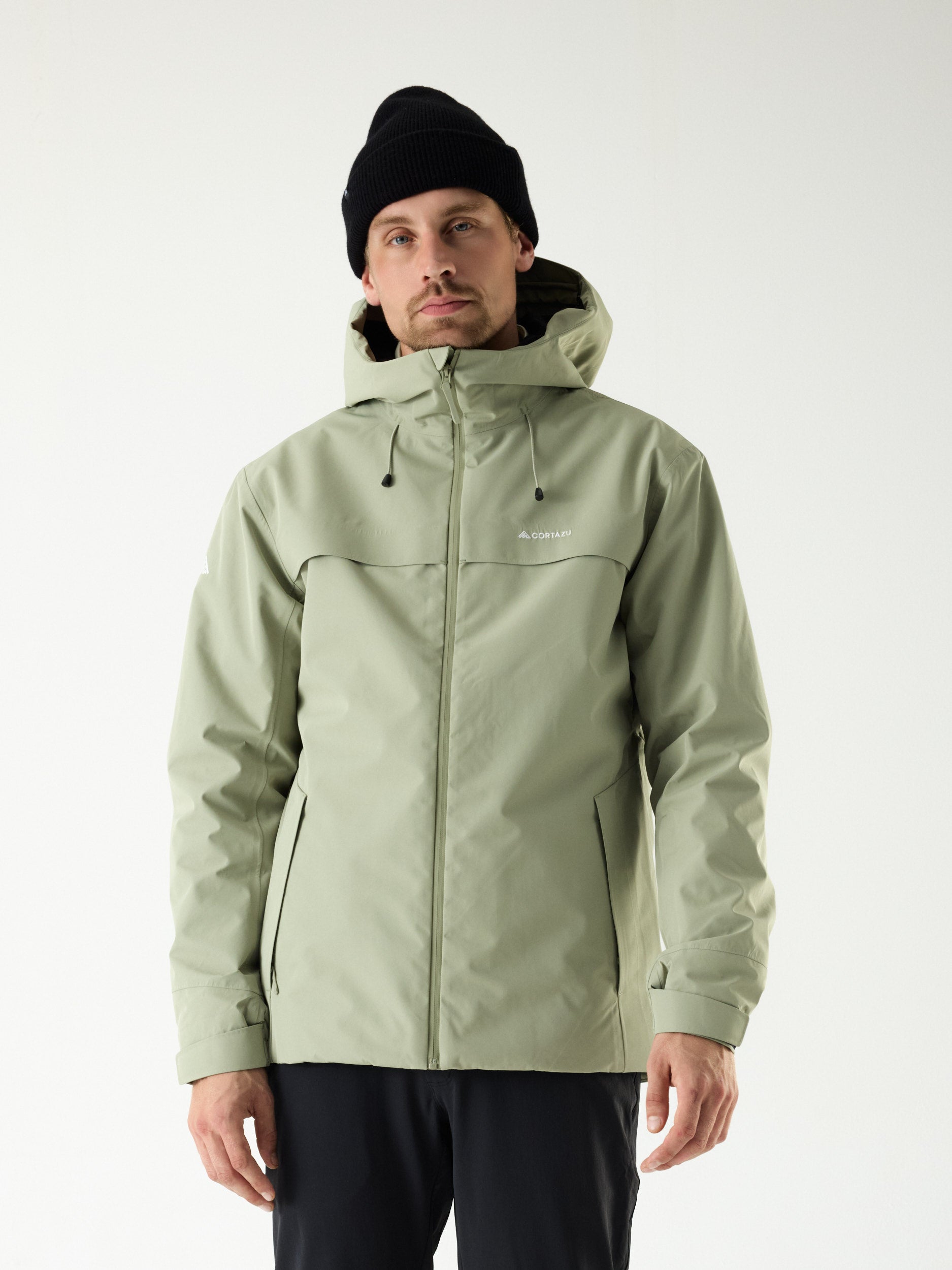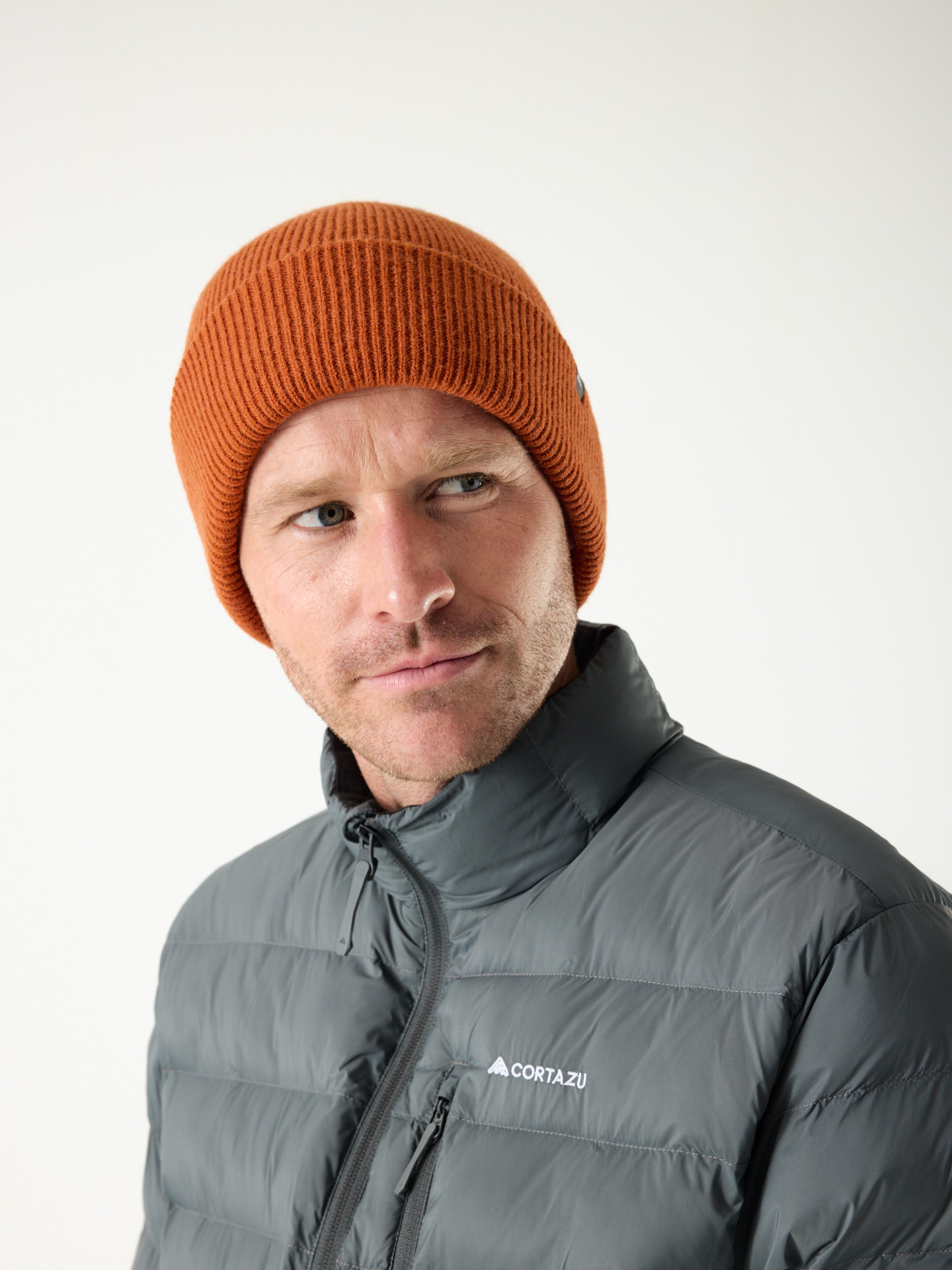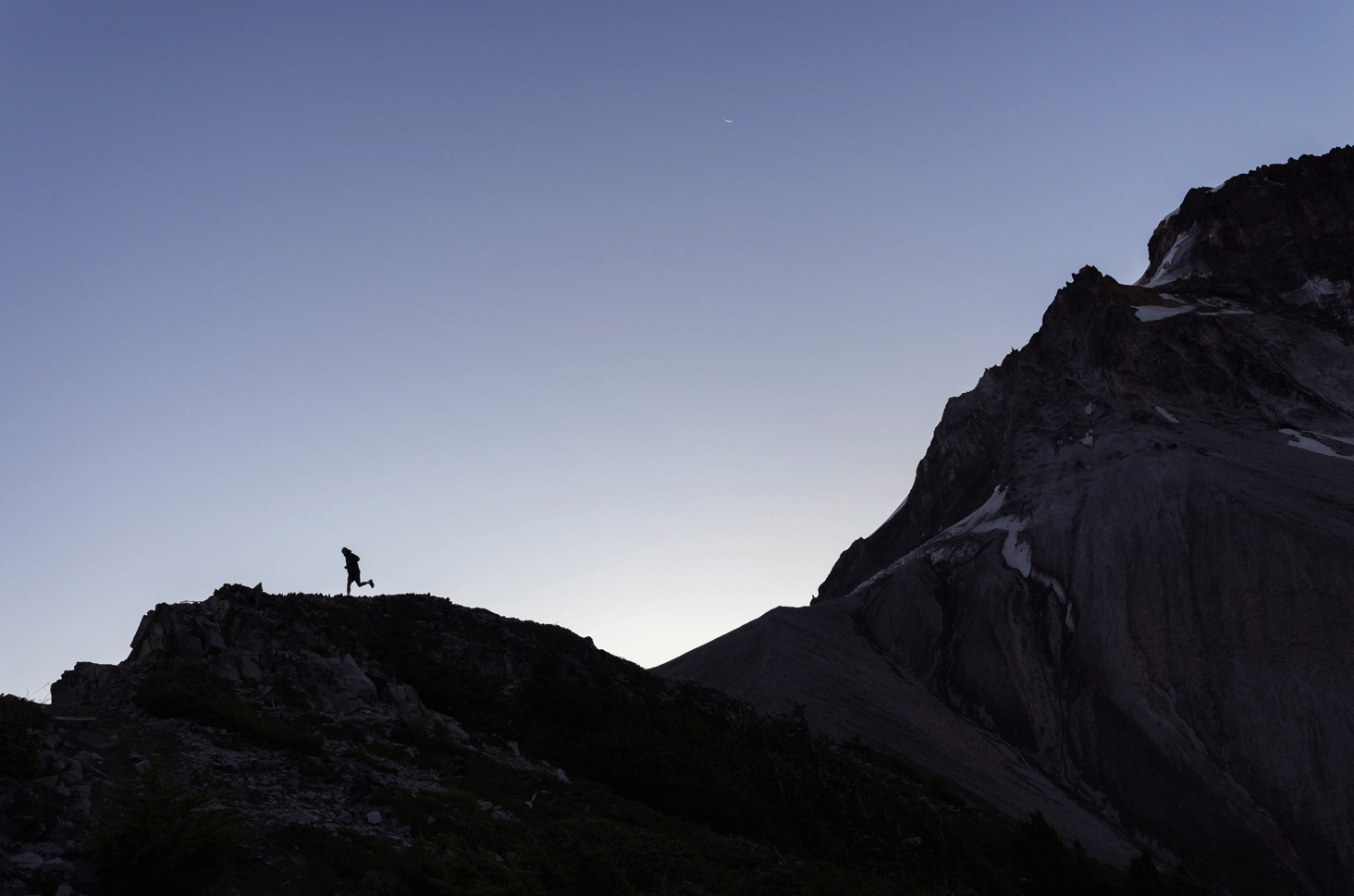A popular question posed by adventurers is; what is the difference between a softshell and a hardshell jacket? Since both jackets excel in different settings, it’s important to know how to choose the right type, and get the most out of your Cortazu gear.
In short, softshell jackets are more versatile and can be used in more varied climates, whereas hard shell jackets excel in the most extreme conditions. Below you will find a more in-depth breakdown of both types of jackets as we weigh up the pros and cons.
Whether you are looking for a men's hard shell jacket or a hard shell jacket for women, our premium collection can be ordered directly online. You can also take a look at our mid layer jacket which is suitable for multiple weather types.
What is a softshell jacket?
Softshell jackets, as you may guess from the name, are a comfortable and flexible outer layer. The outside of these jackets are usually made of durable nylon or polyester, with a cosy interior often made out of brushed polyester or classic fleece fabric.

Mobility, breathability, and comfort are all prominent aspects of softshell jackets which allow for freedom of movement during activities. Most upmarket softshells will have a DWR coating which offers resistance to wind and snow/rain, however without a waterproof membrane you do not get the same level of water protection as you do with hardshell jackets.
What is a hardshell jacket?
As the name suggests, a hardshell jacket is mostly quite rigid and stiff in feel and touch. Whilst there is no all-encompassing definition of a hardshell, there are several features that have become expected of them in the industry.
Good quality hardshell jackets consist of a 3-layer structure. A waterproof and breathable membrane is used between both an interior lining layer and a durable external outer-layer. The membrane is what offers the most technical weather protection that sets hard shell jackets in a class of their own, the most common high performing membranes are Gore-Tex and Dermizax. The best hardshell jackets also have taped seams and a DWR finish. To preserve the high quality of the different materials, you need to make sure you wash and maintain the hard shell jacket according to these washing instructions.
For those interested in high-quality hardshell jackets, explore Cortazu's hard shell jacket for women and men's hard shell jacket, where you can find a range of options that embody these essential characteristics.

All these features in tandem give a completely weatherproof jacket experience, whatever the conditions. Most hard shell jackets come without insulation. For those looking for the technical specifications of a hardshell jacket that is also insulated, look no further than the Insulated Hard Shell Jacket for Men and the Insulated Hard Shell Jacket for Women.
Which type of shell jacket should I choose?
As you may well have ascertained by now, the choice of whether you should choose a softshell or hardshell jacket largely depends on the climate and activity you plan on experiencing. In short, hardshells have the advantage when it comes to; weather protection, weight and packability. Whereas softshells have the advantage when it comes to; breathability, comfort, and cost.
Always pack a hard shell if you expect to spend a lot of time outside in the winter or if you're going on a multi-day hiking trip. If you're going on a day trek and there's a probability of rain also consider packing the hard shell. Otherwise, if you're going hiking, rock climbing, cycling or running in dry weather, bring a soft shell with you. Keep in mind that any shell jacket requires proper care. Then, you won't have to buy new gear every season.

If you are still struggling to make a decision, an alternative option is to go for a hybrid choice. Hybrid jackets are simply outdoor jackets that take aspects from both hardshell and softshell variants. For example a jacket that is soft and flexible on the outer layer but also has a waterproof membrane would be considered a hybrid.
The advantage of such is of course that you can mix and match features to your desire, however it is worth noting that combining such features often comes with a compromise. In the above example, the soft and flexible outer layer will not be as weather resistant as a native hardshell jacket.
When the temperatures drop on an overnight camping trip, a fleece jacket is going to keep you warm. However, in extremely cold weather it can also be used as an underlayer. Then, for maximum warmth, layer it under a thicker coat.













